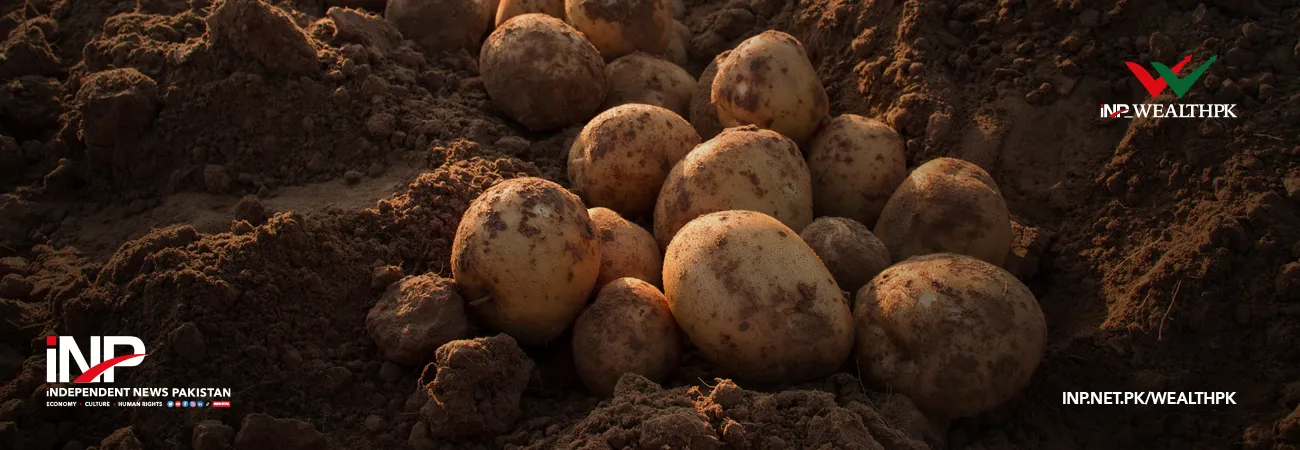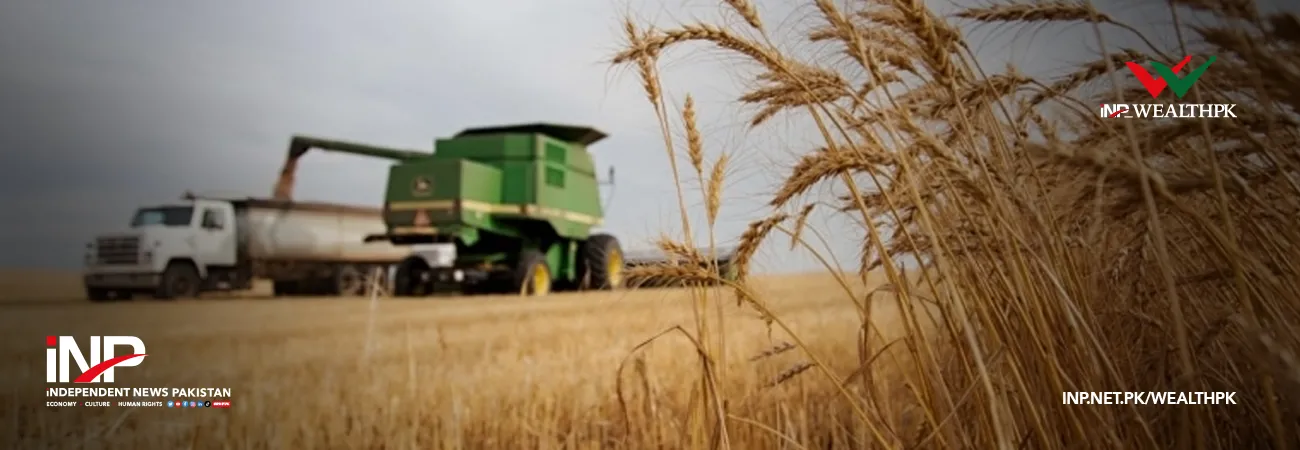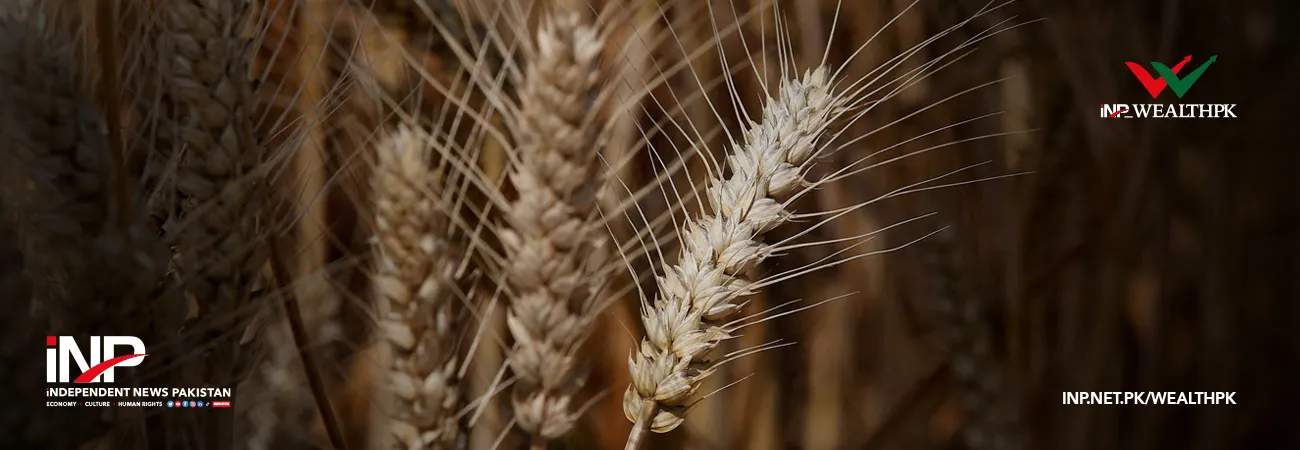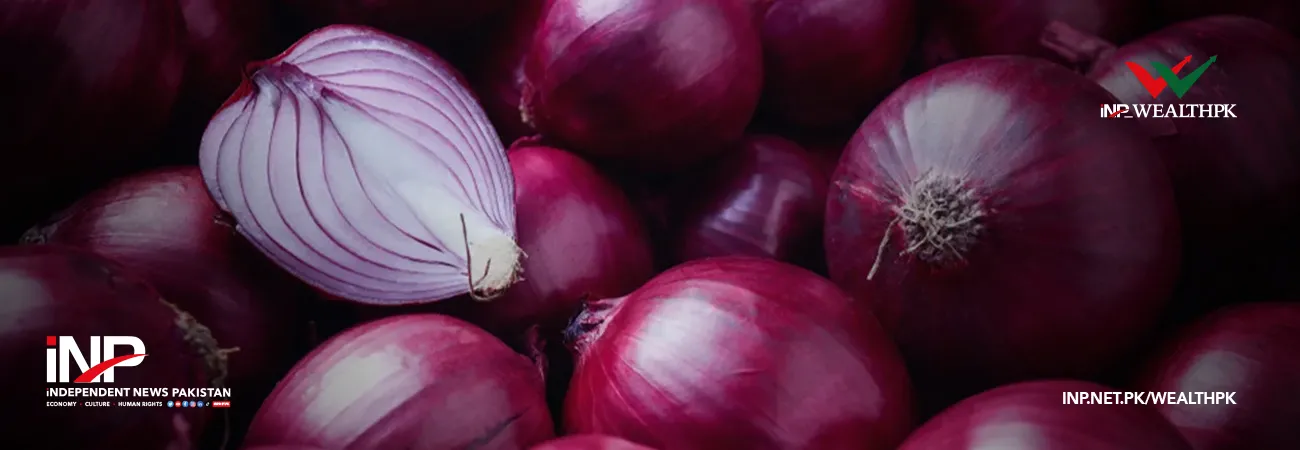INP-WealthPk
Azeem Ahmed Khan
Pakistan needs to increase formal potato seed production, strengthen research, and establish dedicated institutes to sustain growth in one of its most promising cash crops, says an official document available with Wealth Pakistan.
The document underlines a series of recommendations to improve productivity and quality, including the implementation of seed-plot and on-farm seed production techniques, rationalization of public-sector seed operations, research on potato storage and processing, multiplication of advanced clones through the tissue culture laboratories, and strengthening of the national breeding program.
Potato has become an increasingly important crop for both farmers and consumers, emerging as Pakistan’s fourth-largest crop by production volume after wheat, rice and sugarcane, and the highest-yielding cash crop, according to the document. Over the past decade, the report noted, the tuber has gained significant economic importance, with a rapid expansion in both the cultivation area and overall production.
The crop experienced robust growth during 2024-25, with both cultivated area and output recording double-digit increases over the previous year. The total area under cultivation rose by 14.7 percent to 378,100 hectares from 329,500 hectares, while production jumped 19.1 percent to 9.9 million tons from 8.3 million tons in 2023-24. The average yield improved by 3.8 percent to 26,131 kilograms per hectare from 25,180 kilograms per hectare. Punjab remained the dominant producer, accounting for almost the entire national output.
Its production climbed 19.1 percent to 9.8 million tons from 8.3 million tons, with the cultivated area increasing 14.8 percent to 373,000 hectares from 325,000 hectares, and the yield rising 3.8 percent from 25,341.5 kilogram per hectare to 26,308.3 kilogram per hectare. Khyber Pakhtunkhwa recorded the highest area growth of 33.3 percent from 1,800 hectares to 2,400 hectares. It produced 27,700 tons against 21,100 tons, showing 31.3 percent up from the previous year. Sindh and Balochistan showed a mixed performance, with minor declines in output but slight yield gains.
According to the document, the 2024-25 production target set by the Federal Committee on Agriculture was significantly higher than the target fixed. Against a national target of 6.8 million tons (6829.4 thousand tons), the actual production reached 9.9 million tons (9880.3 thousand tons), showing 44.7 percent higher than planned. The area under cultivation also surpassed the target by 41.0 percent from 268,100 hectares to 378,100 hectares.
Punjab’s output was 45.2 percent higher than the target, reaching 9,813.2 thousand tons against the planned 6,759.7 thousand tons. Balochistan exceeded its production goal by 27.3 percent, achieving 36.800 tons against the target of 28,900 tons. In contrast, Sindh and Khyber Pakhtunkhwa fell short of their respective targets. Looking ahead to the 2025-26 season, the proposed national target is set at 8.92 million tons across 349,400 hectares.
Punjab is expected to produce 8.84 million tons, Balochistan 34,100 tons, Khyber Pakhtunkhwa 35,000 tons, and Sindh 7,500 tons. According to the Food and Agriculture Organization of the United Nations, Pakistan stood at No. 9 among the top 10 potato-producing countries in 2023, after China, India, Ukraine, the United States, Russia, Germany, Bangladesh, and France.

Credit: INP-WealthPk












